5 tips to save a dying plant before it's too late
Bring your plants back to life with these top tips to make them last longer
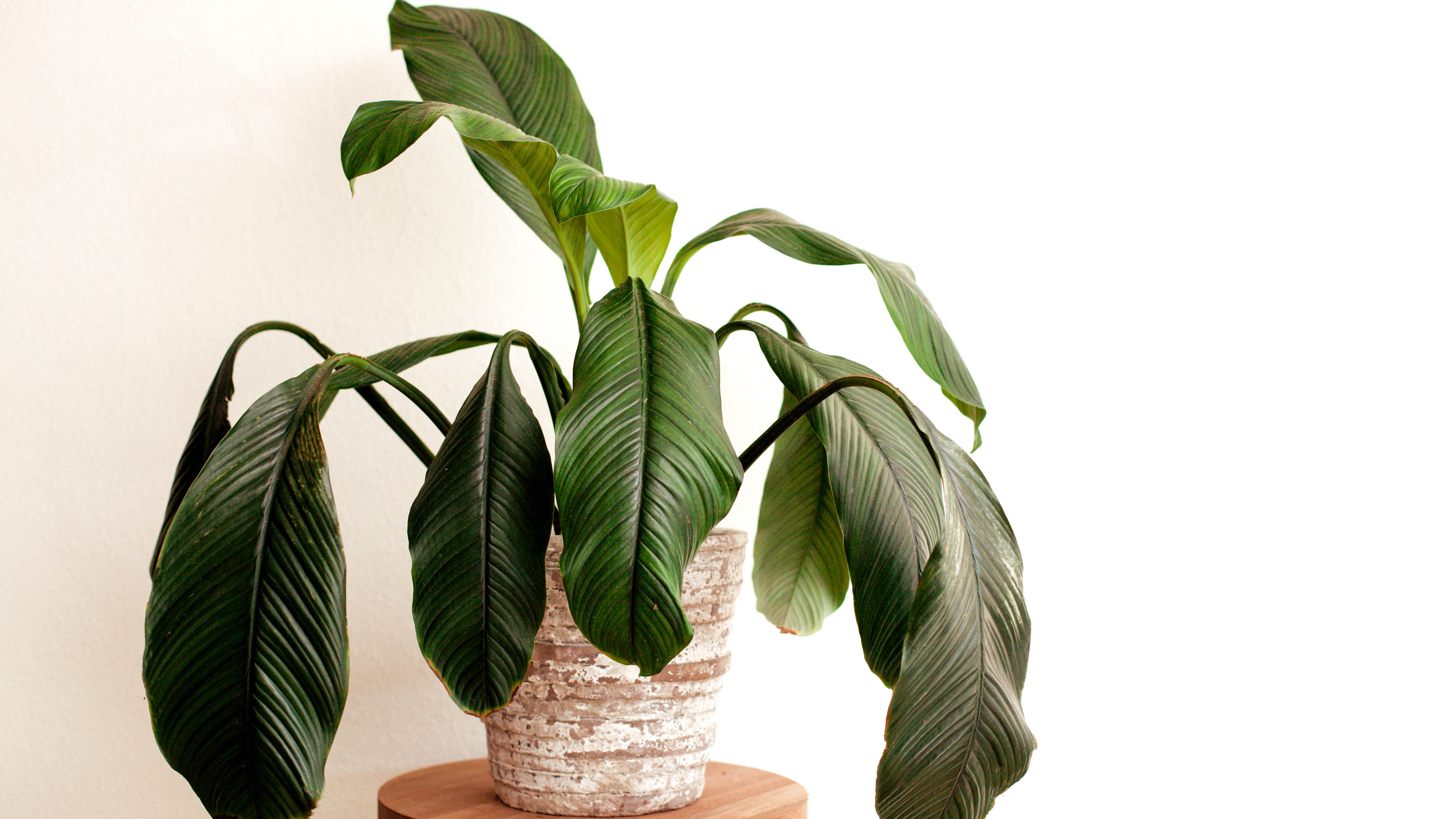
Houseplants are a lovely natural feature in our homes, and a great way to bring the outdoors in. So, when our thriving plants start to show signs of dying, it can be disheartening.
Despite our best efforts, taking care of houseplants can be a challenge. And depending on the species, plants are sensitive to fluctuating temperature changes, causing them to wilt away. That's just one of the reasons why you need to learn how to care for succulents.
However, it's not the end of the road for your dying plant, and there is still hope to nurse it back to health. In fact, knowing how to save a dying plant is not as hard as it seems. The key thing is to recognize and spot the tell-tale signs of plant damage so you can act quickly. Typically, these include brown or yellowing leaves, dead stems, soil fungus or infestation. Best of all, these homemade remedies are quick and easy to do.
So, before you throw your wilted plant on the compost heap, here are 5 top tips you can do to save a dying plant before it’s too late.
If you want to make your plants thrive, be sure not to make these 9 mistakes when repotting a plant. Plus, here are 7 best low maintenance plants for easy care .
1. Cut back on dead leaves or stems
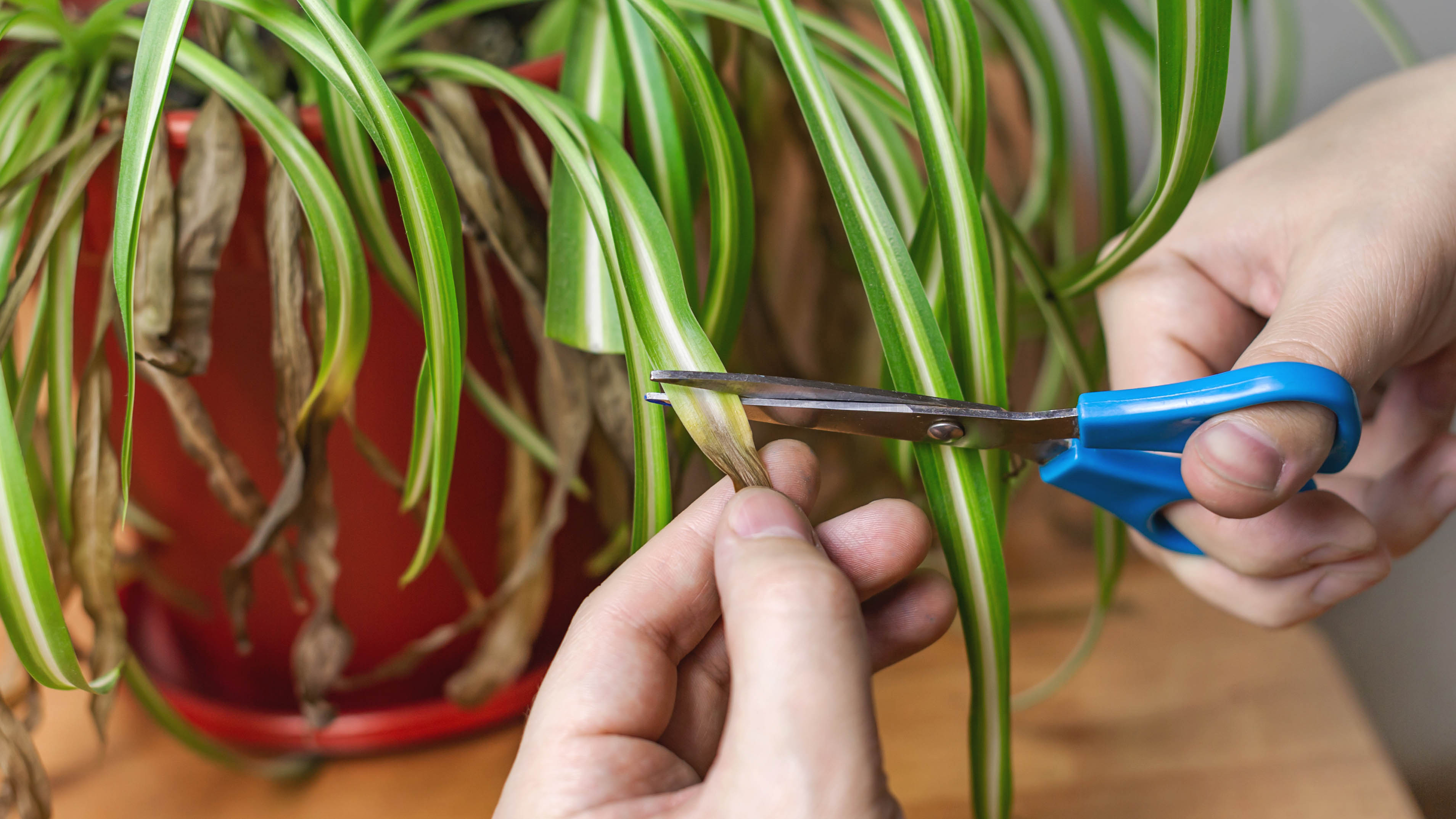
As soon as you notice, trim or remove dying, brown leaves and dead stems with scissors or pruning shears. Cutting back dying stems will allow the healthy stem to get the nutrients it needs to encourage new growth and make it thrive again. We can recommend these EZ Kut Heavy Duty Pruning Shears Green ($32, Amazon), to tackle tough stems.
2. Change the soil and repot
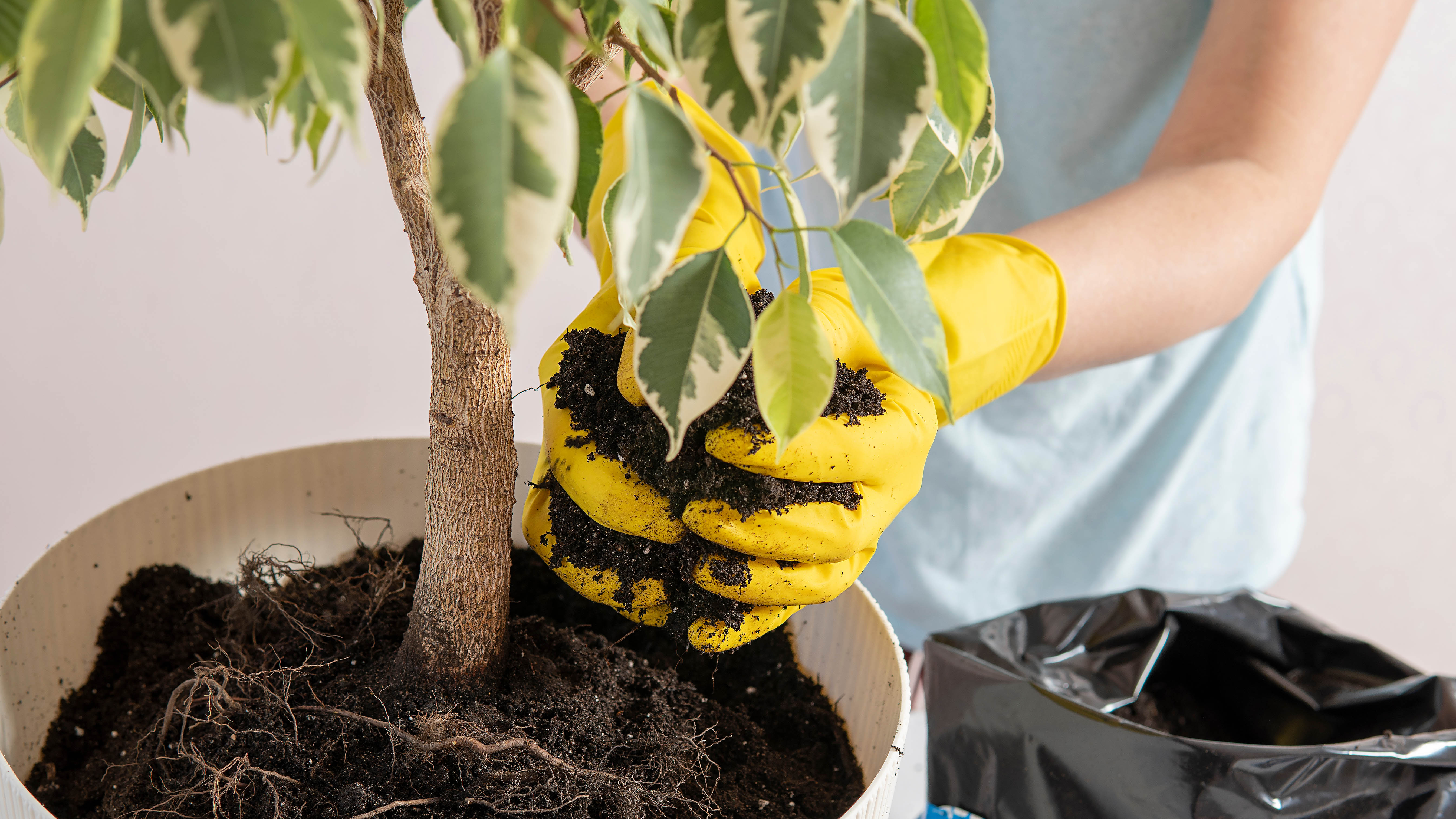
Plant potting mix soil is prone to decay over time, and it’s advisable to repot your plant to revive it. Carefully, remove the plant from its current pot by turning it sideways, and gently holding by the stems or leaves. Tap the bottom of its pot until the plant slides out, and loosen the plant's roots gently with your hands. Remove the old potting mix, and add the new potting soil. Place the plant back into the soil and water thoroughly.
Sign up to get the BEST of Tom's Guide direct to your inbox.
Get instant access to breaking news, the hottest reviews, great deals and helpful tips.
This should replace the plant nutrients and provide a healthier environment for the plant to grow. In addition, if your plant has outgrown it’s original pot or container, it’s also a good opportunity to repot in a larger pot.
3. Give it good drainage
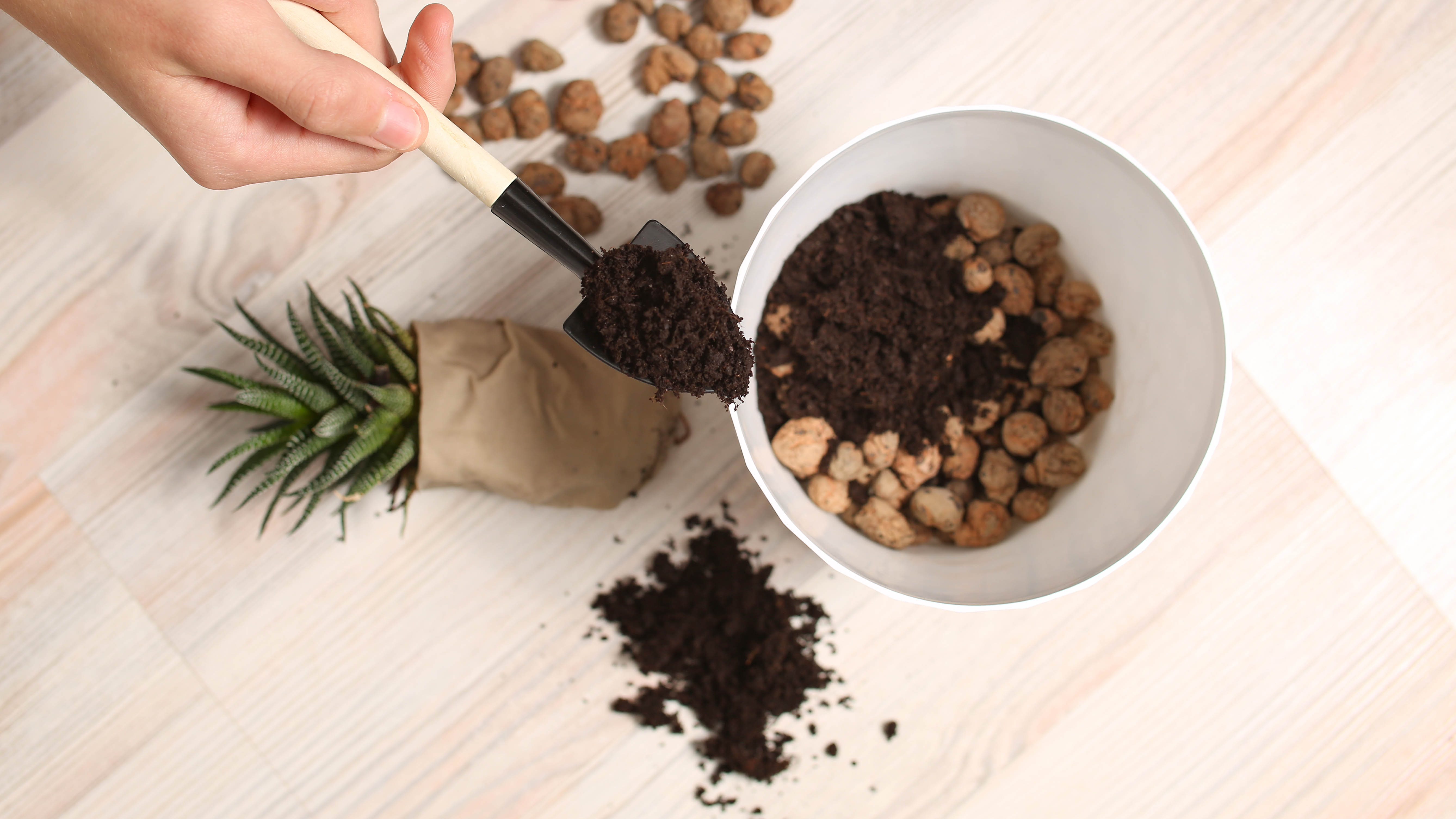
If the leaves are yellowing or the soil is too moist, chances are, you’re overwatering your plant. This is also the case if you spot signs of fungus in the soil. Plant roots won't thrive when sitting in excess water, so it’s important you provide good drainage for the water to run out. A good tip is to either drill a hole in the bottom of the pot or line a layer of lava rocks, stones or recycled terracotta shards to absorb the water and help to drain the plant.
4. Don’t underwater the soil
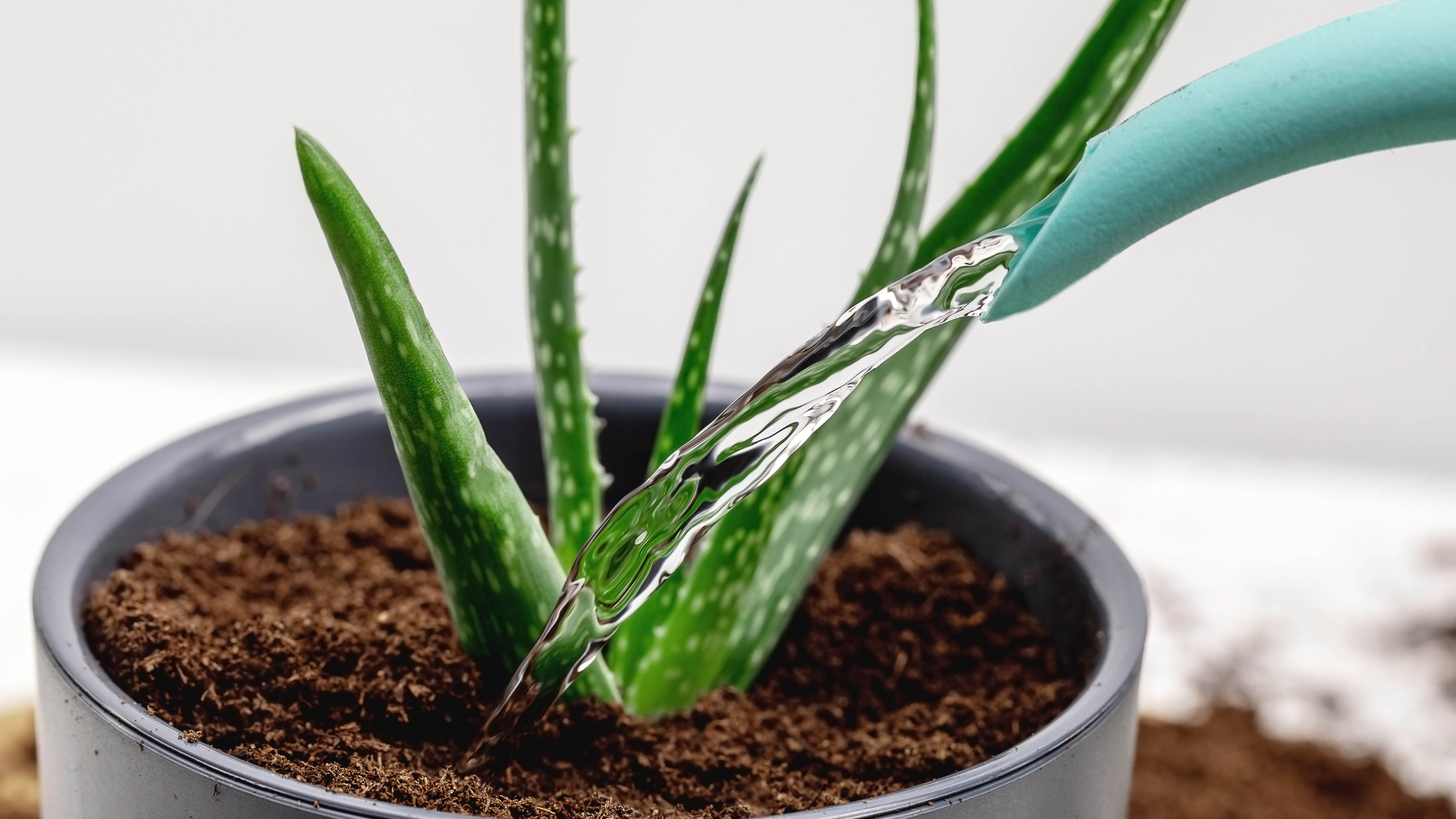
On the flip side, if the leaves are dry and falling off, that may indicate the soil is too dry and needs a good watering. A good tip is to soak the soil so that it is watered evenly. Place the plant in the sink or a bowl, and pour water slowly onto the top of the soil. Continue until about a half inch of water has gone through the pot and collected in the bowl. Then let the plant soak and drain naturally before putting it back in its plant dish or planter.
If you want to know when your plant needs watering you can buy a soil tester like this Soil Moisture Meter ($10, Amazon to monitor the soil condition.
5. Give it more humidity

Some houseplants thrive in humid conditions as dry air will only crisp their leaves and make them fall off. It’s advisable to move plants away from vents, heaters, radiators, and air conditioners. A good trick to increase humidity is to place the pots on a layer of wet gravel. Once the water evaporates, it will create moist air.
Better still, you can always invest in one of the best humidifiers to help add moisture in the air, and create a healthy environment. Place it next to your plants to offer the humid conditions they need to survive. Don’t forget to maintain your humidifier, be sure to read how to clean a humidifier for best results.
Next: You can also read our top tips to protect plants from sunburn.
For more gardening tips check out how to plant sunflower seeds and when to do it, how to prune roses and when to do it, how to care for an orchid, how to grow strawberries and the 5 things to get your garden ready for spring.

As the Homes Content Editor, Cynthia Lawrence covers all things homes, interior decorating, and garden-related. She has a wealth of editorial experience testing the latest, ‘must-have’ home appliances, writing buying guides and the handy ‘how to’ features.
Her work has been published in various titles including, T3, Top Ten Reviews, Ideal Home, Real Homes, Livingetc. and House Beautiful, amongst many.
With a rather unhealthy obsession for all things homes and interiors, she also has an interior design blog for style inspiration and savvy storage solutions (get rid of that clutter!). When she’s not testing cool products, she’ll be searching online for more decor ideas to spruce up her family home or looking for a great bargain!
